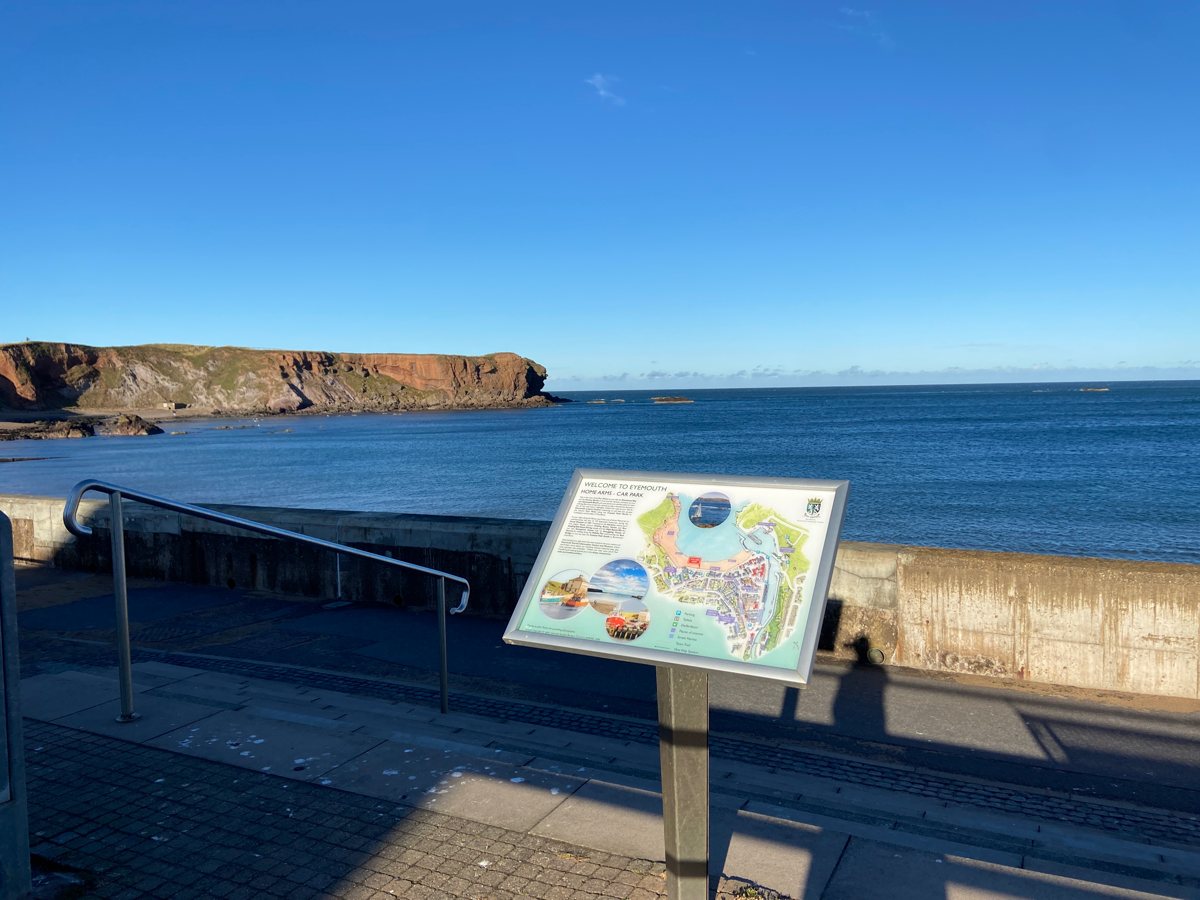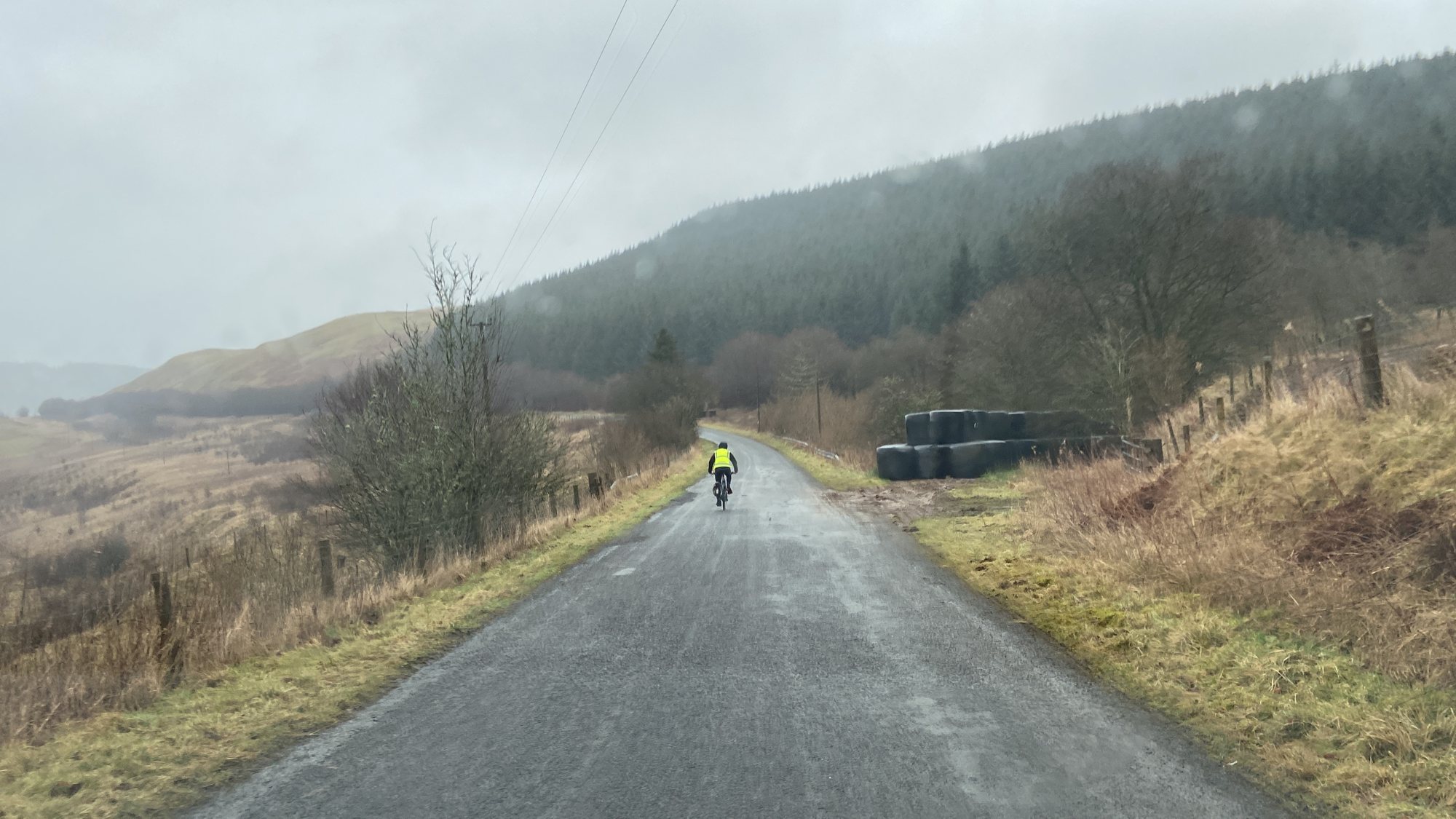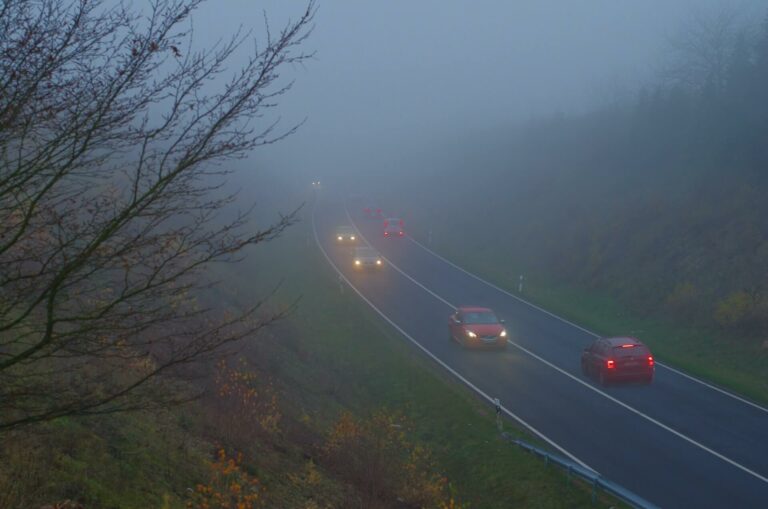Creating a Coast-to-Coast Cycle Route
A coast-to-coast cycle route is a fairly self-explanatory concept – a linear cycle route which begins at one coast, travels across the width or length of a country and ends at another coast.
Typically, coast-to-coast cycle routes are cycled as a leisure or tourist pursuit, either as one long single challenge, or else split up into manageable sections depending on the cyclists’ experience or fitness level. A number of renowned coast-to-coast cycle routes already exist within the UK such as the ‘Way of the Roses’ linking Morcambe to Bridlington, the ‘Transpennine Trail’ linking Southport to Hornsea and the “C2C” Whitehaven/Workington to Newcastle/Sunderland.
All of these routes have proved to be extremely popular and are only increasing in their popularity.
Cycling is an excellent way to travel a route. Cyclists travel at a pace which allows them to cover reasonably long distances within one day, whilst also travelling slow enough to appreciate the route they are on, taking breaks at viewpoints and in towns, something which people are less likely to do if driving.
Cycle tourism is extremely beneficial to the local economy, especially those travelling on longer, coast-to-coast routes. Cyclists travelling long distances need places to eat and drink, as well as places to stay overnight and cyclists are likely to spend time and money in more rural areas, many of which may not already be on the typical ‘tourist trail’.
In addition to this, it is also estimated by Transform Scotland that leisure cycling in Scotland alone leads to health benefits of £4m a year as a result of the increased fitness cycling provides (Transform Scotland, 2022).
The benefits to cycle tourism are extensive and promoting a coast-to-coast cycle route has the potential to boost the local economy by attracting tourists. But how are these cycle routes created?
A key aspect of a cycle route is safety. When designing a route, both perceived and actual accident risk should be minimised, as outlined in national guidance.
Therefore, increasing safety is an absolutely essential aspect of providing a coast-to-coast cycle route as simply, if the route is not, or does not feel safe, cyclists will not want to cycle it. LTP were commissioned to produce a Route Safety Assessment to assess the safety aspects of a potential new coast-to-coast cycle route across the South of Scotland.
A potential route had been devised by a number of stakeholders including South of Scotland Enterprise and the local authorities which connected Portpatrick in the west of Scotland to Eyemouth in the east of Scotland and covered a distance of 253 miles. This potential route had been devised with the intention of linking key destinations, but the safety of the potential route had not been evaluated in detail.
After the potential route was assessed through an initial desktop study in the office, LTP Director Andy Mayo and Senior Engineer Sam Lapish headed up to Scotland to assess the route.
It was agreed that there was only one way to assess the safety of a cycle route from the perspective of a cyclist… to cycle it! Starting in Portpatrick on a Monday morning, the team cycled the full route, with a backup van to assist and also investigate potential alternative routes.
A Cannondale Neo electric bike was used, which proved to be an ideal tool. It provided assistance for some of the many hills, while still needing the rider to do their fair share of pedalling. It had a range of between 50 and 70 miles per day over sometimes challenging terrain, and proved itself to be more than up to the job. We just unlocked the battery and plugged it into a normal domestic socket each night to recharge.
When a potential safety issue was identified (these ranged from potholes, to difficult to navigate junctions), we logged the nature of the potential safety issue, the location, alongside an initial recommendation of the measures that could be introduced to minimise the potential safety risk.
The aim was to cover approximately 50 miles each day as the team travelled eastwards towards Eyemouth, with overnight stays in Newton Stewart, Dumfries, Langholm and Melrose.
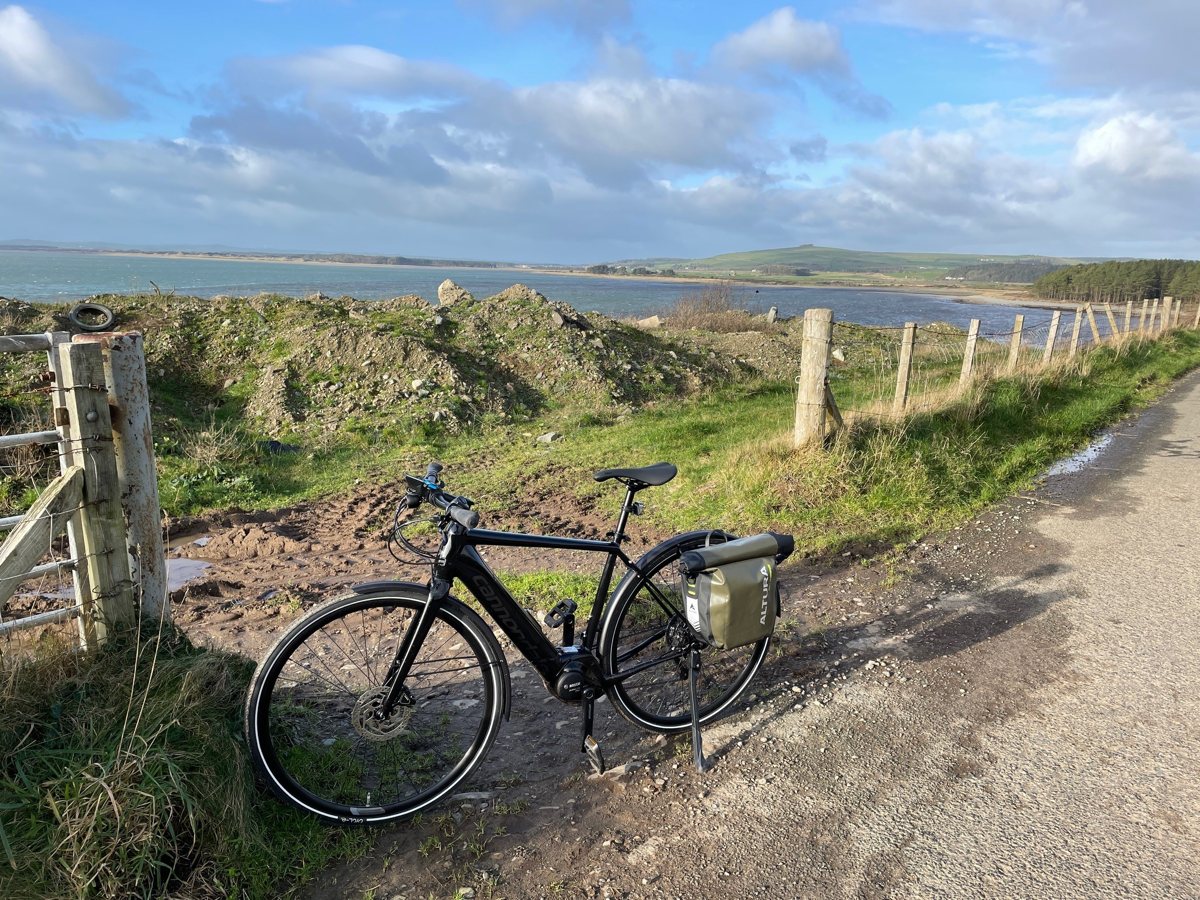
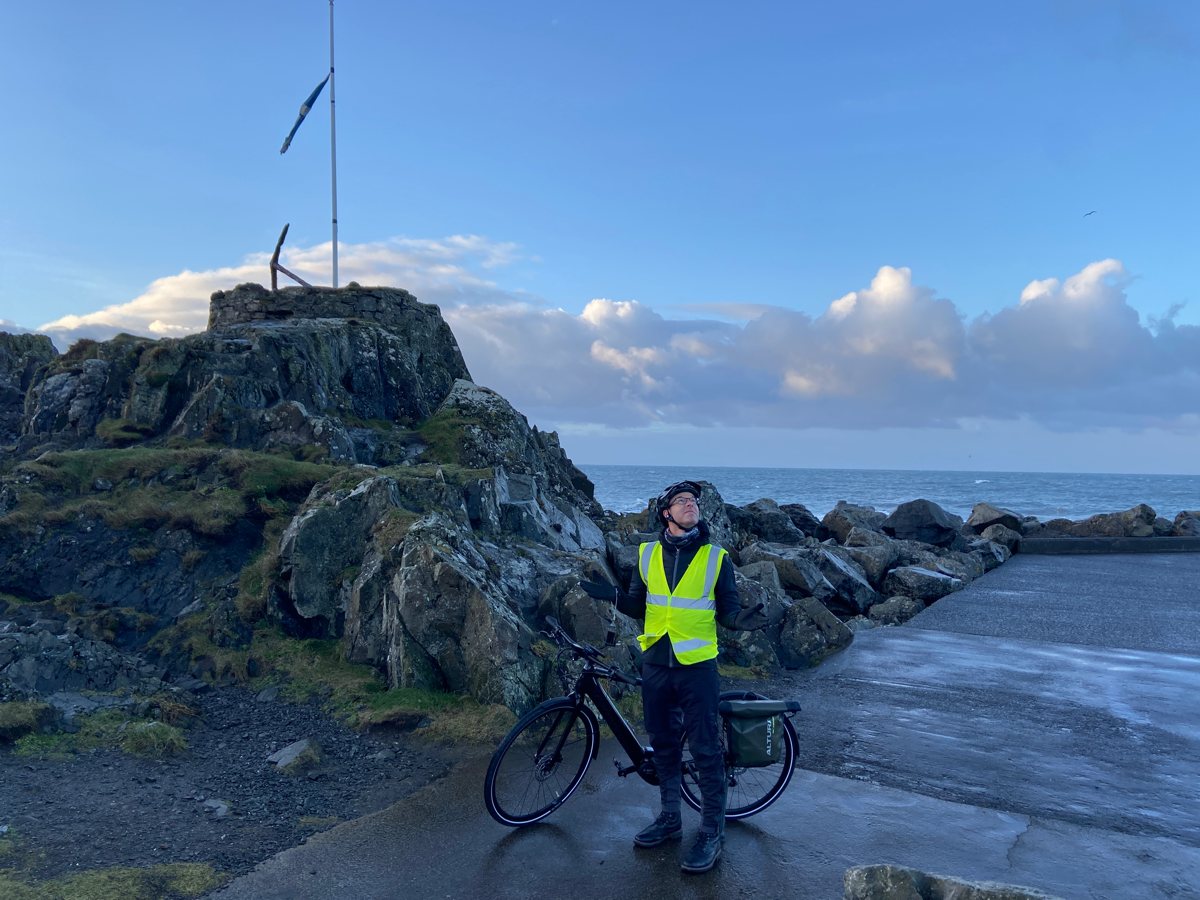
Travelling across Scotland
The route itself was a fantastic way to travel across the south of Scotland, primarily travelling along beautiful quiet lanes.
Almost all of the route was on tarmac surfaced roads, with only a very short section of stone surface track. In the west, the route had sections where it hugged the coastline, offering panoramic views over the Irish Sea, with the hills on the Isle of Man visible in the distance.
Travelling towards central Scotland, the route passed through woodland paths and Scotlands ‘National Book Town’ – Wigtown before beginning to climb into the Moorland of Central Scotland.
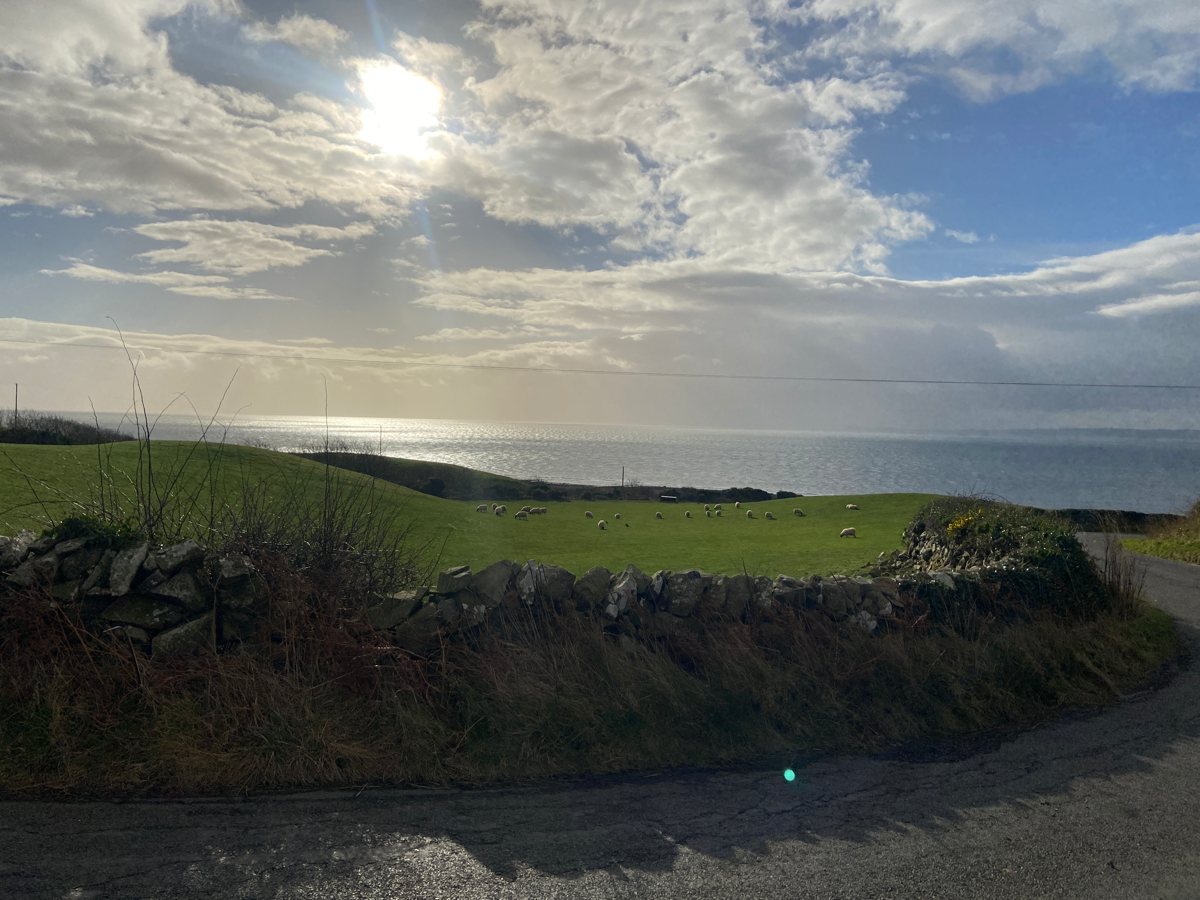
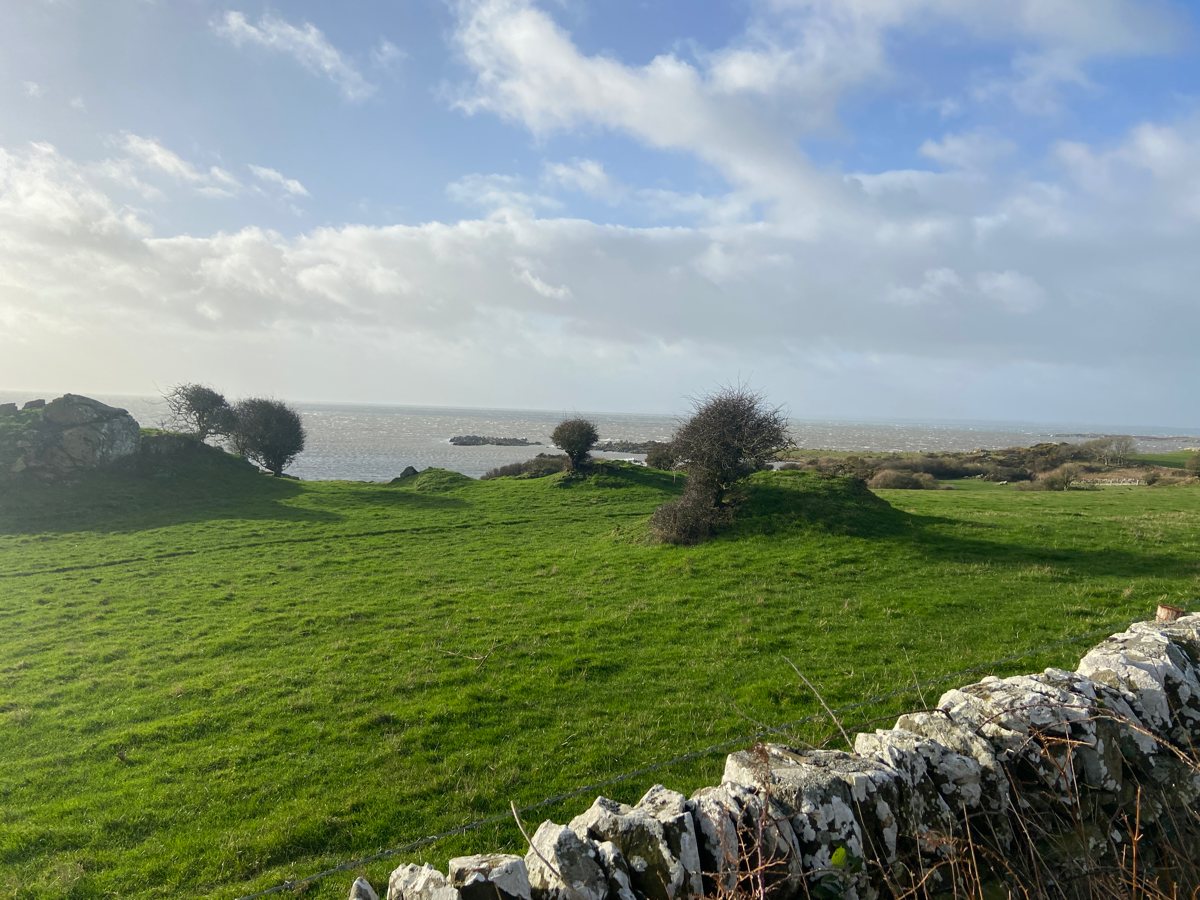
Travelling over the Moorland in Central Scotland, the fog descended to create an eerie atmosphere as mountain sheep milled around across the road.
A 20 mile section of route was cycled without seeing a single car! The route swept through windfarms and picturesque villages, whilst fallen trees showed the power of a recent storm.

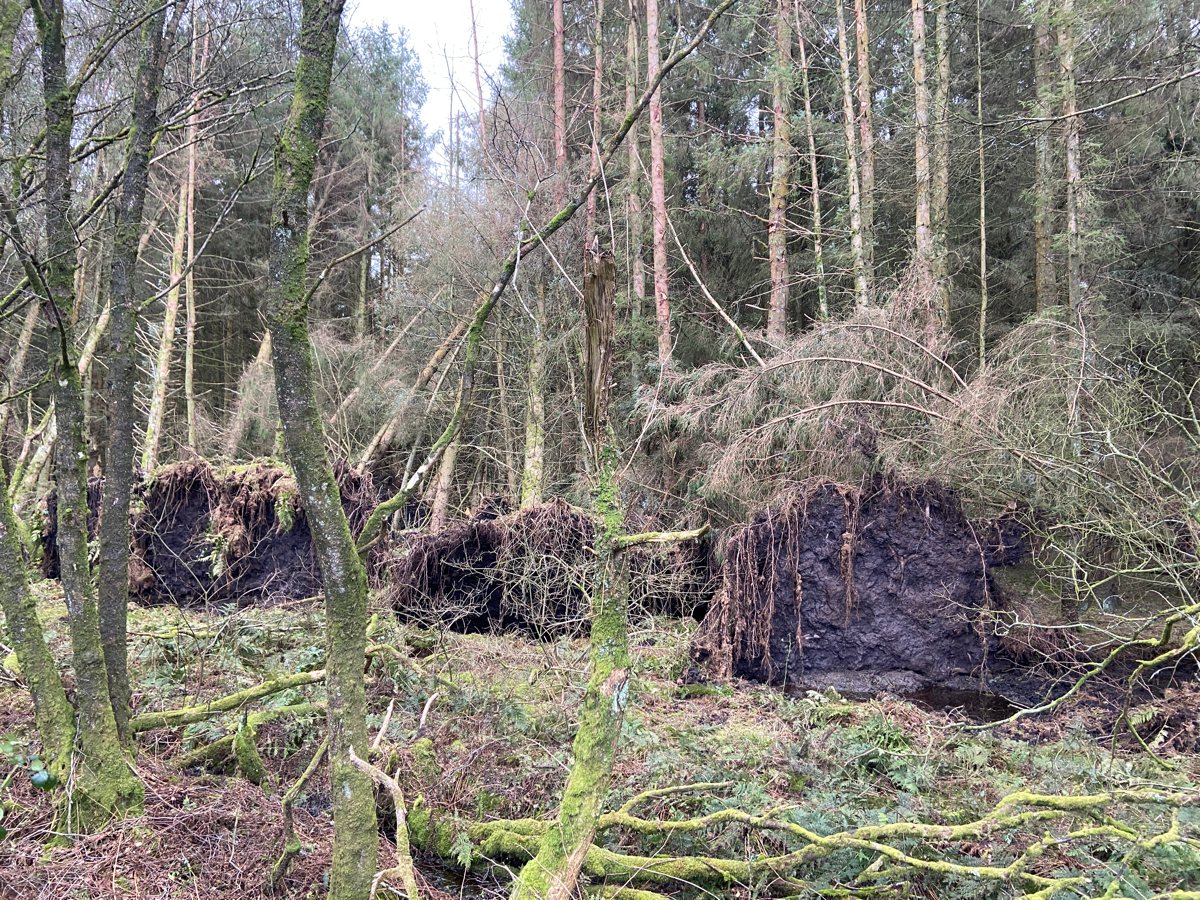
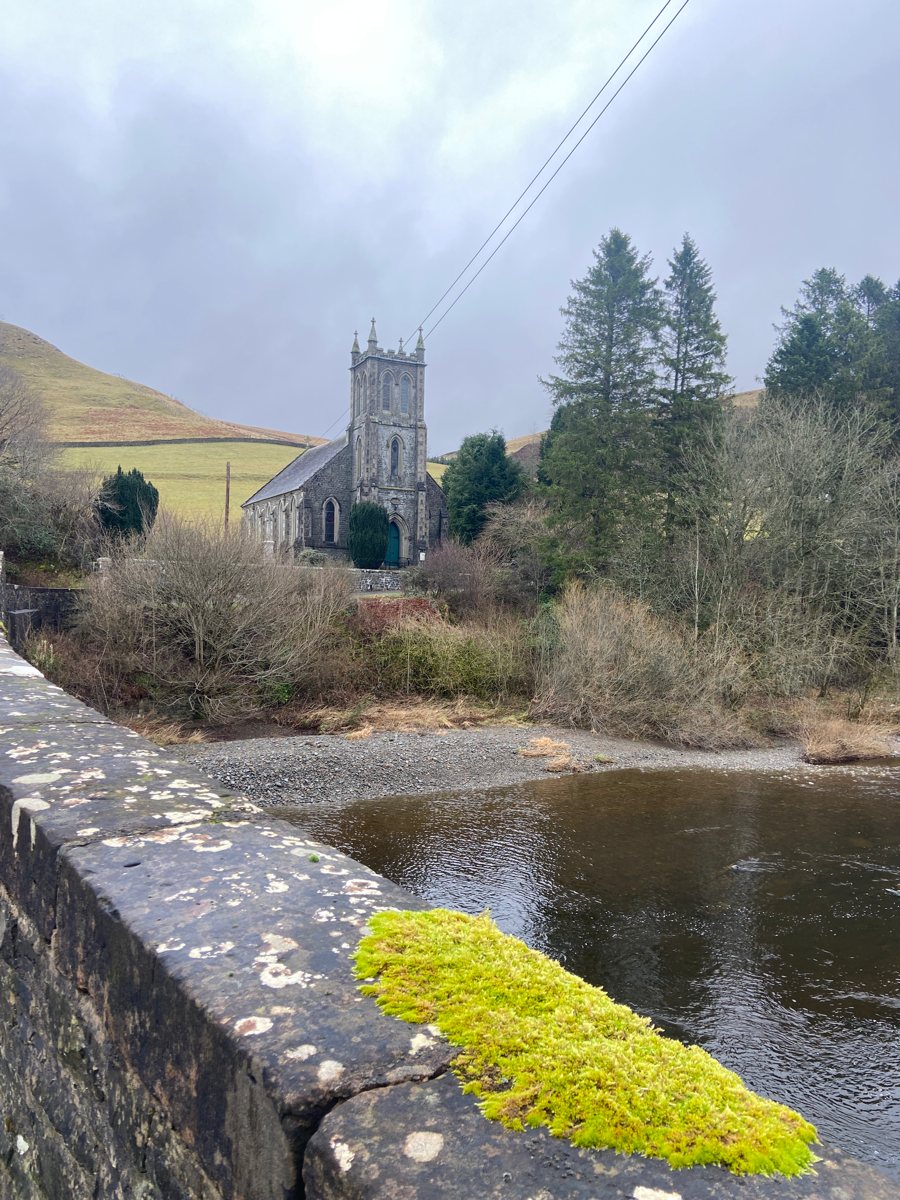
As the route crossed into the Scottish borders Local Authority, the route passed through the winding country lanes between Hawick and Melrose before crossing the river Tweed via Dryburgh suspension bridge at Dryburgh Abbey.
Most of the road safety issues that were identified across the route were low-risk issues, with most of more severe road safety issues concentrated around junctions and road crossings. Lower risk safety issues included requiring wayfinding and the repair of surface defects, all of which seem insignificant individually, but combine to detract from the quality and safety of the coast-to-coast route.

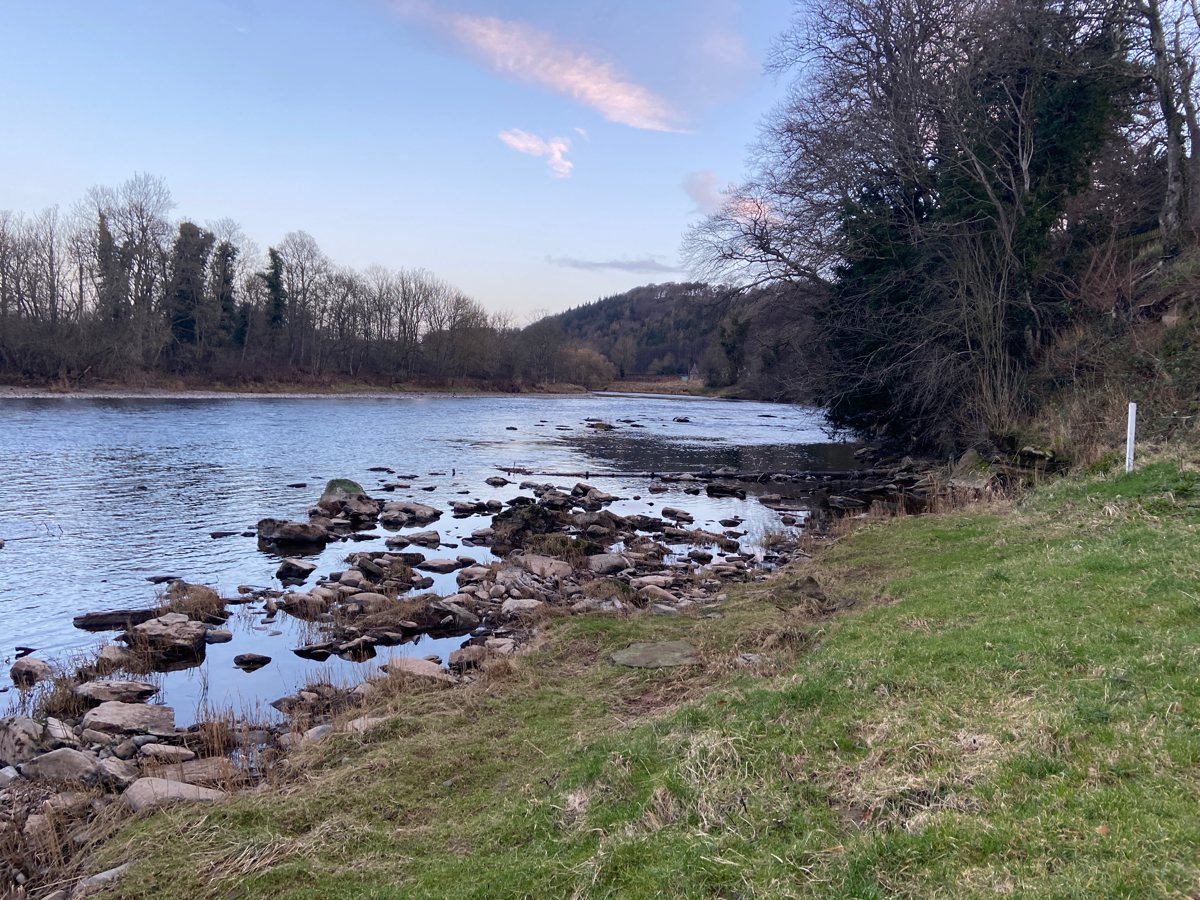
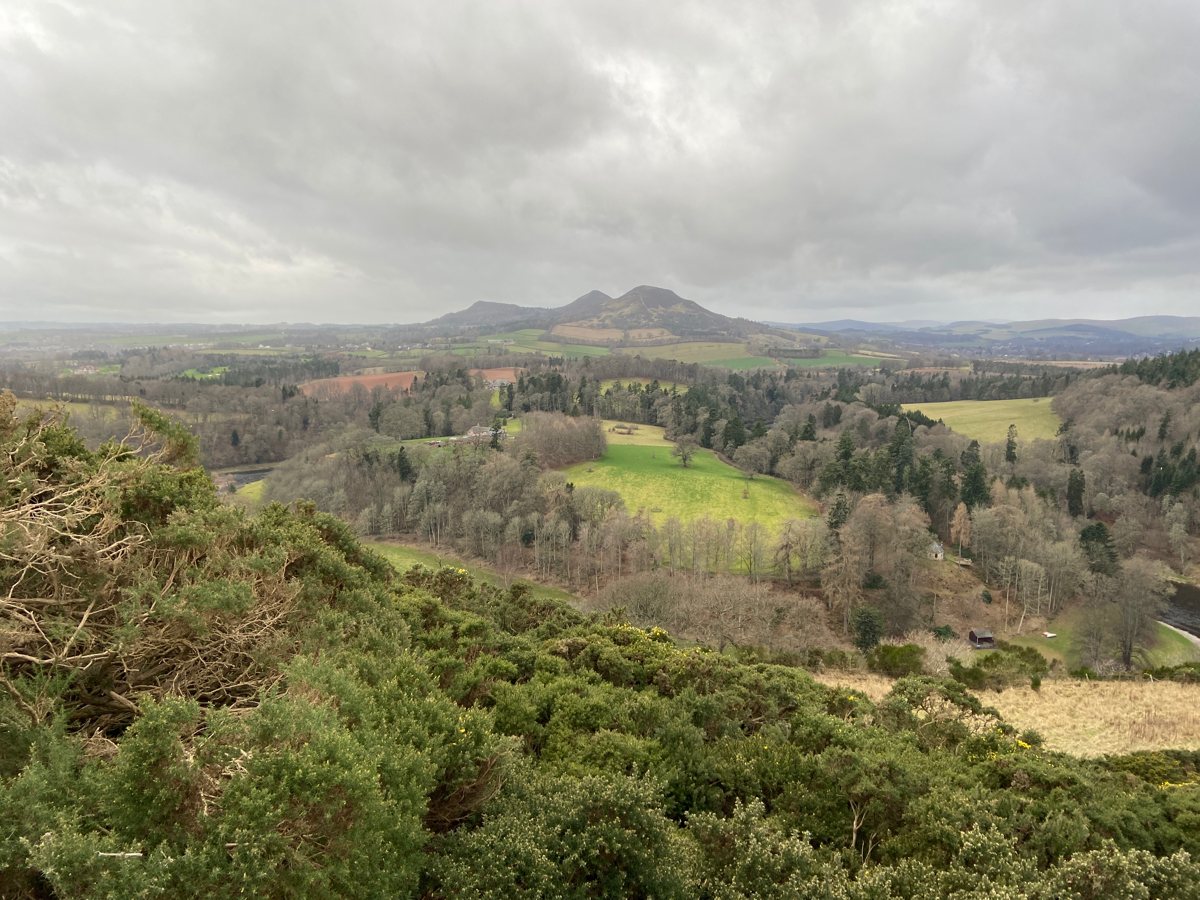
Approaching Eyemouth
As the route rolled downhill into Eyemouth and the North Sea made its way into view, it proved a perfect time to reflect on the experience and benefits that a coast-to-coast cycle route provides.
From an individual point of view, it lets the cyclist to explore a new corner of the world at a pace that allows the cyclist to absorb the scenery, all whilst providing a benefit to personal health and fitness levels. Covering such a distance is a tough challenge (even on an E-bike!), and this means that at the finish line there is a huge sense of achievement from having completed a coast-to-coast cycle route.
With the data collected, it was back to the office to assess the data and the road safety issues identified.
The issues were organised into three categories (red, amber, green – with red being the most severe) to highlight the severity of each issue, and to aid the prioritisation of actioning each recommendation.
Each recommendation was made with the intention of improving the safety of the route. The identified issues were plotted on an interactive map, highlighting the location, severity and an image of the road safety issue. South of Scotland Enterprise and partners intend to use the report and interactive map to prioritise road safety improvements to the proposed route, allowing the coast-to-coast route to be developed prior to opening.
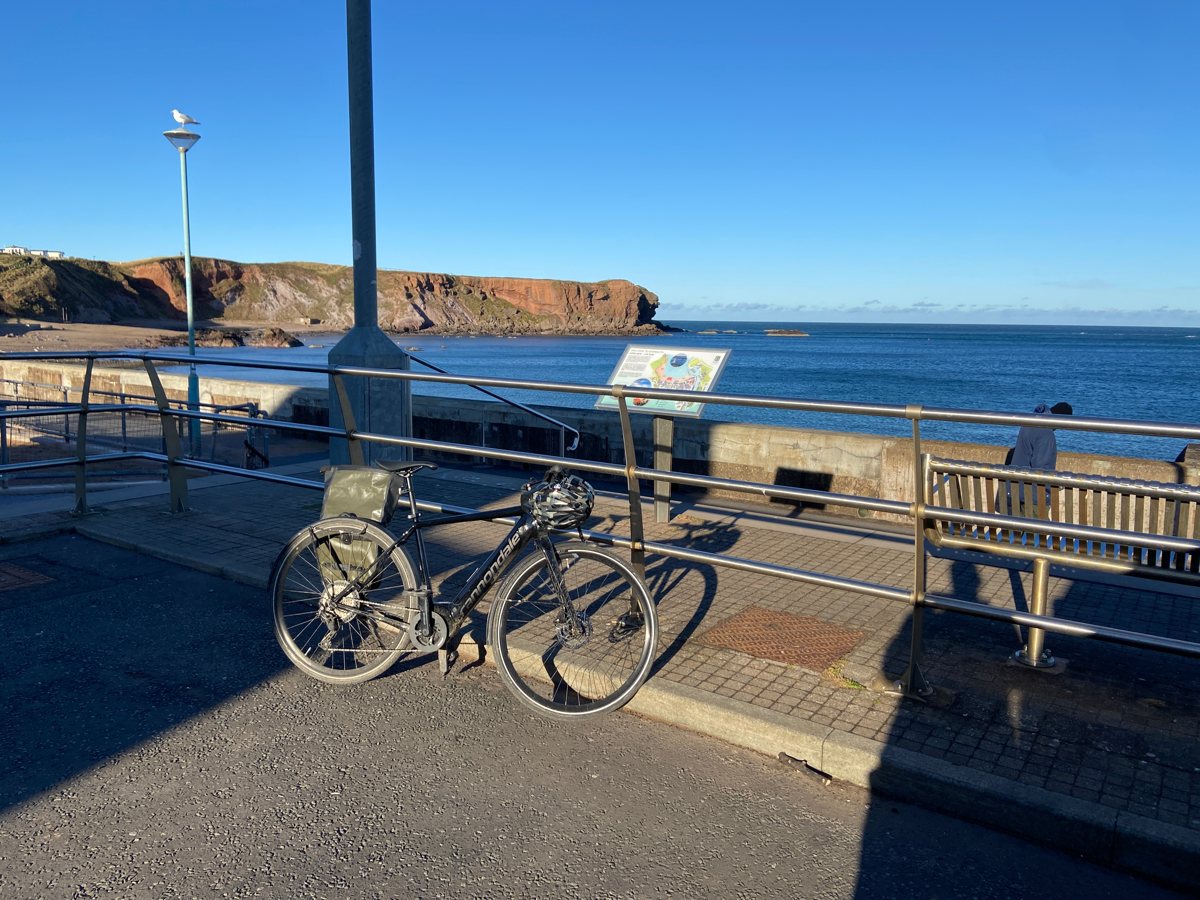
Whilst a coast-to-coast route in its entirety may be mostly tackled by more experienced cyclists, the creation of a defined route means that less confident cyclists and those local to the route can attempt specific sections, increasing cycling confidence and allowing locals to explore their area in a new way.
Overall, cycling, especially longer distance on a coast-to-coast route can be a fantastic way to see a section of the world, whilst providing health benefits and boosting the local economy! Hopefully, the above benefits, as well as the views on offer can tempt you out on your bike!
